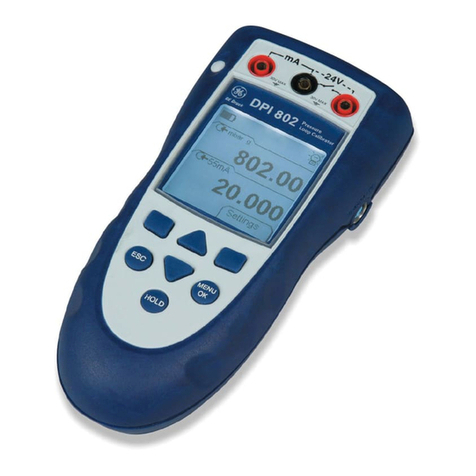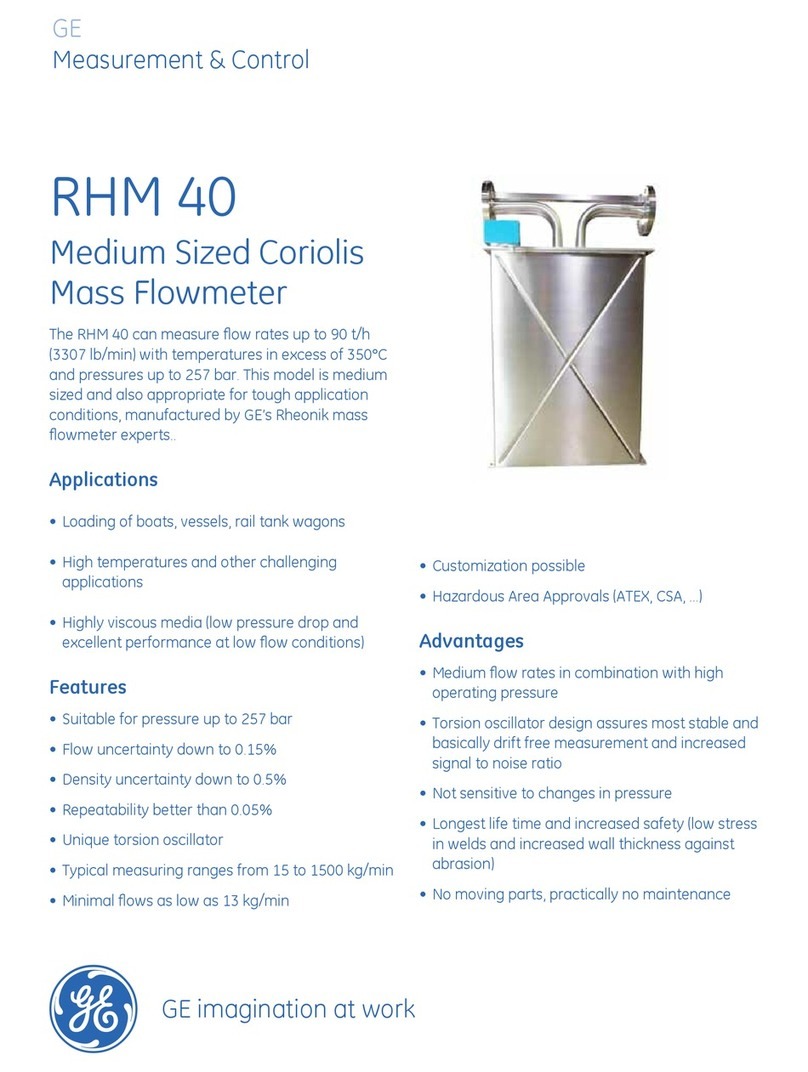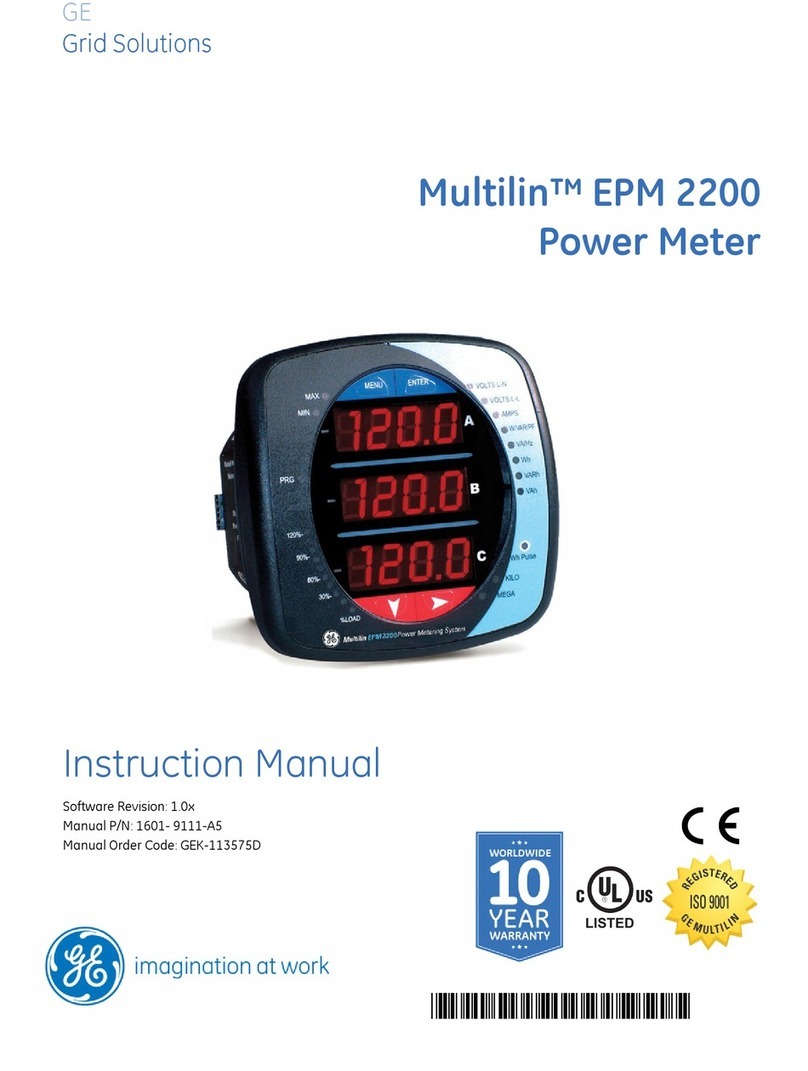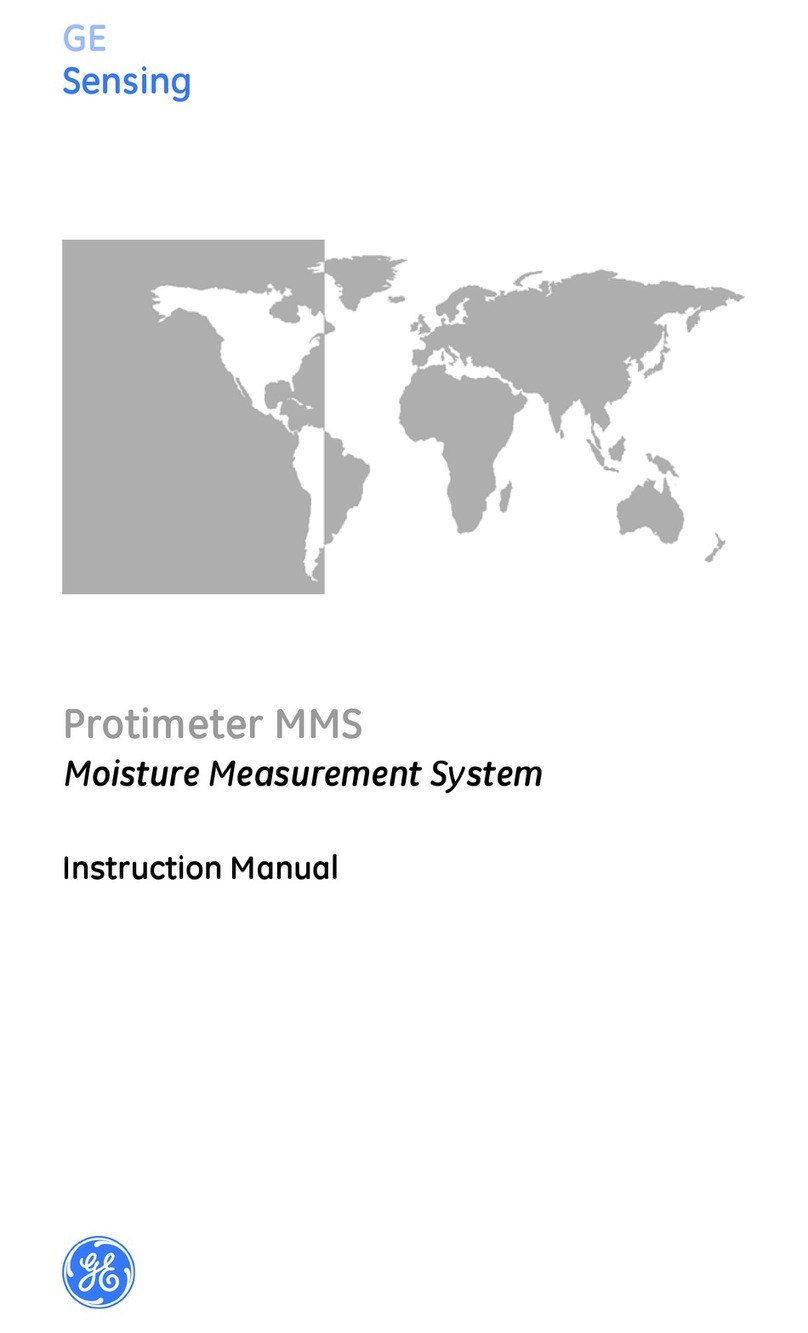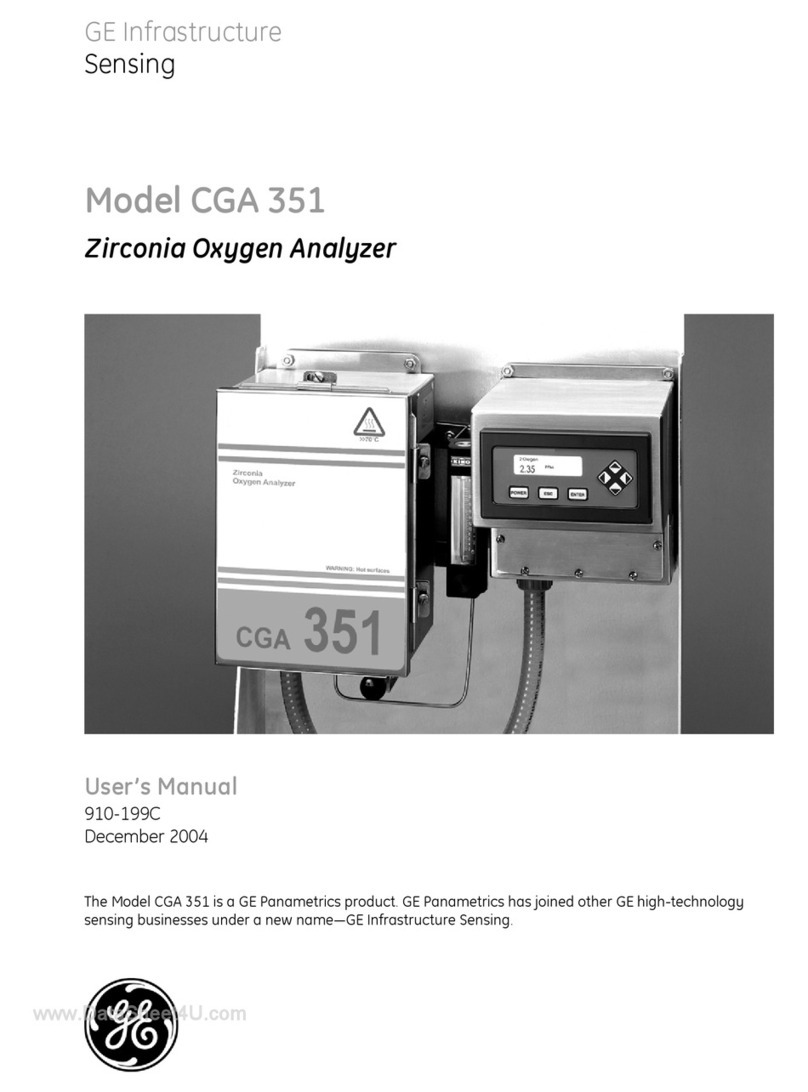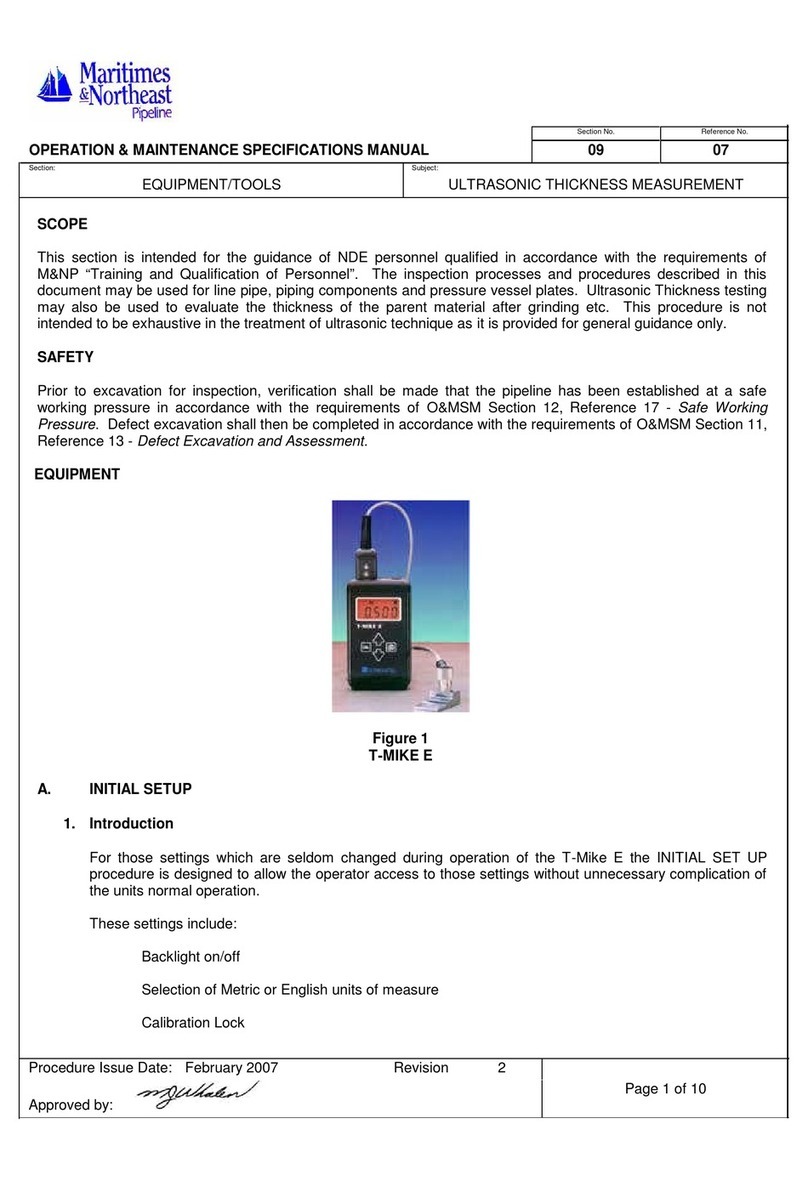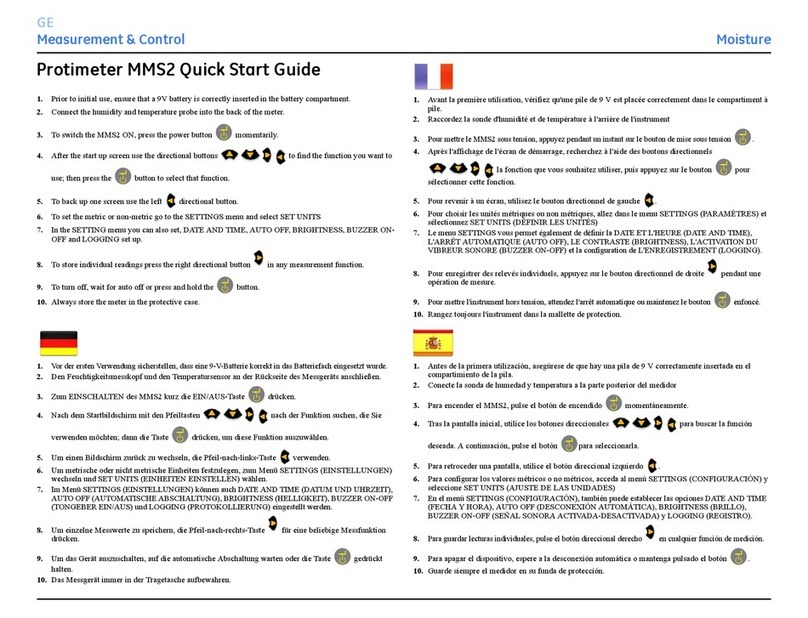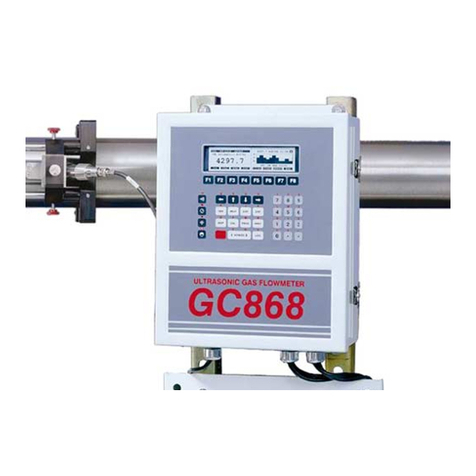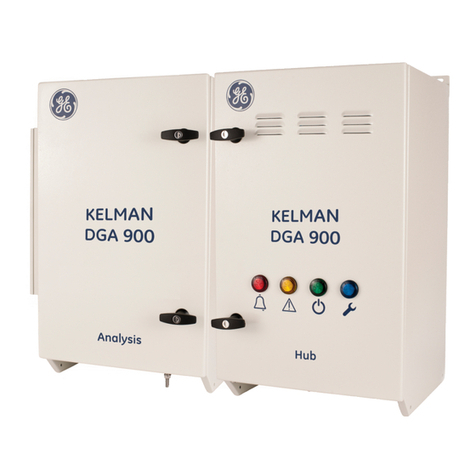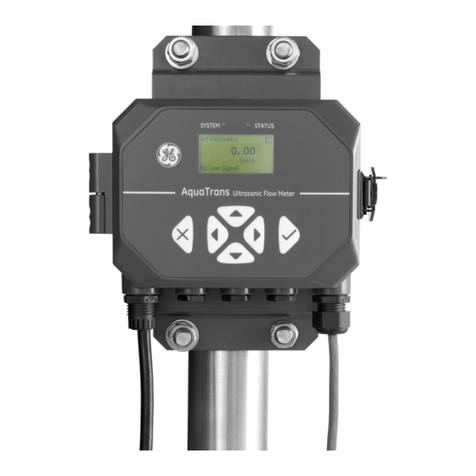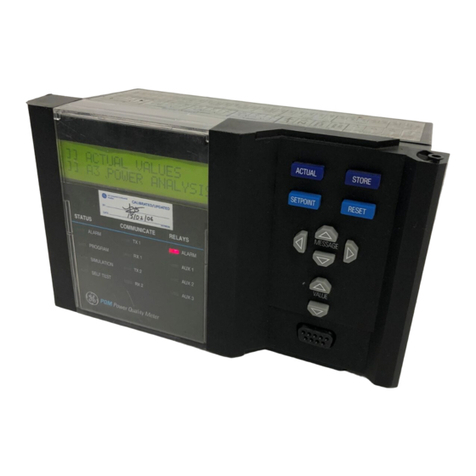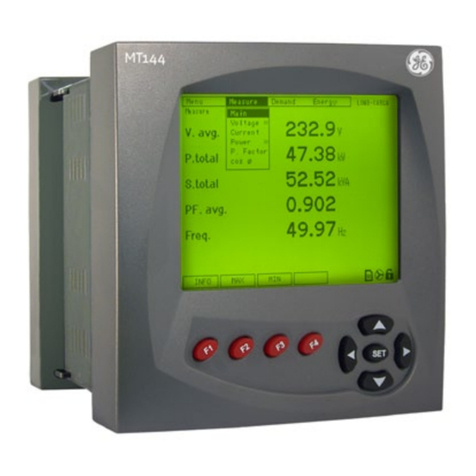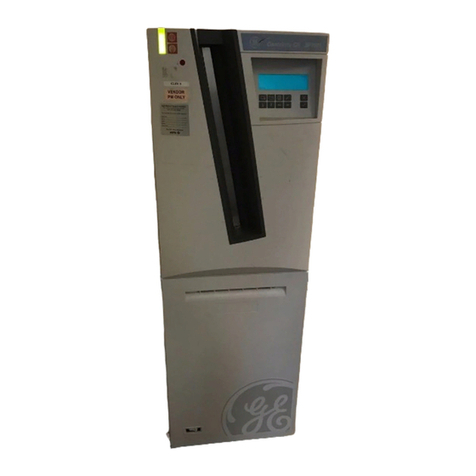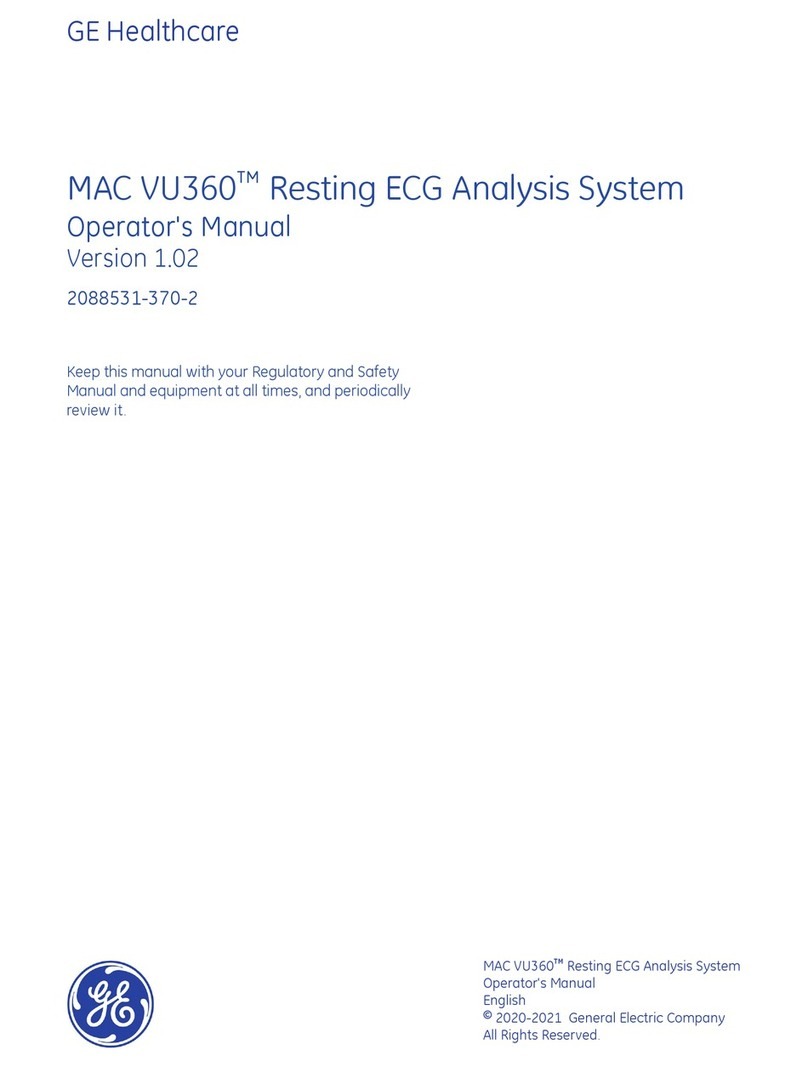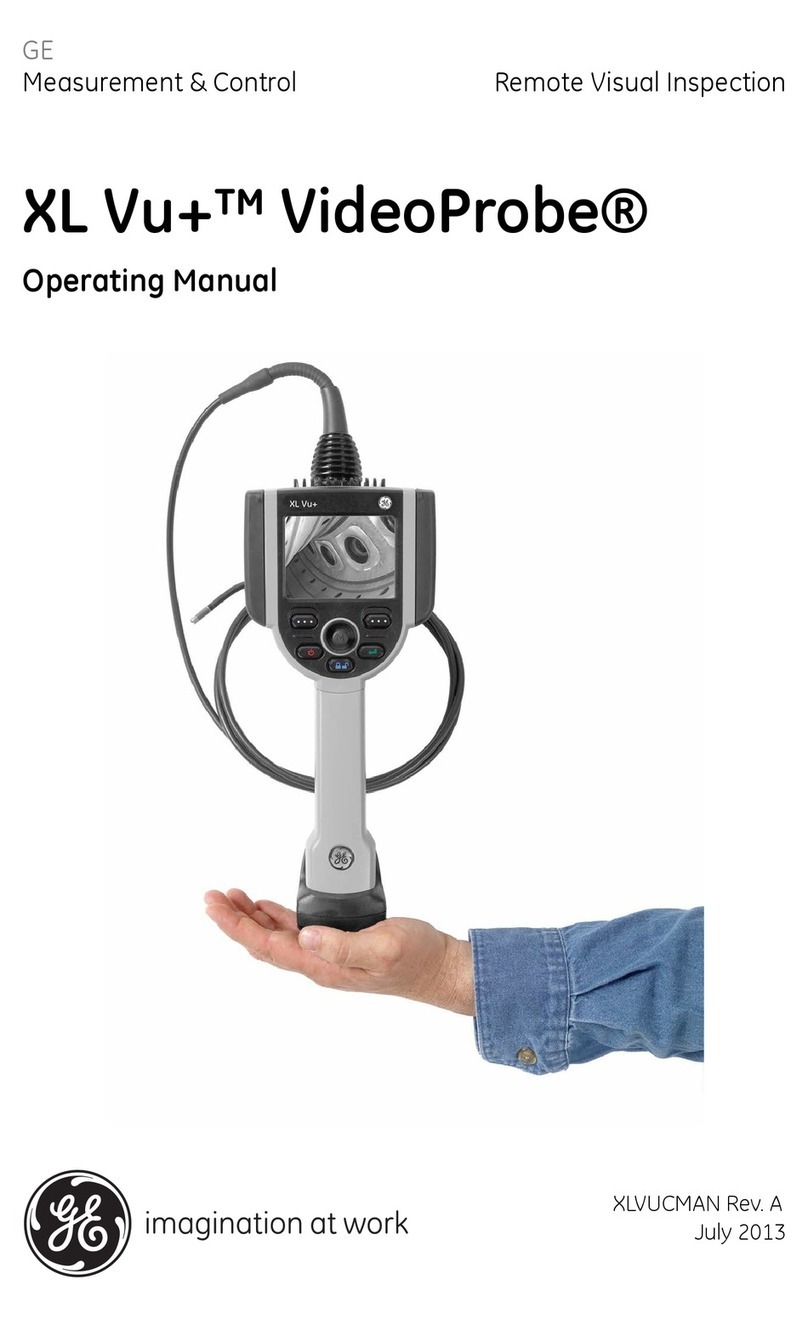
ii
PQM Power Quality Meter GE Power Management
TABLE OF CONTENTS
3.4 DEFAULT MESSAGES
3.4.1 DESCRIPTION .......................................................................................... 3-8
3.4.2 ADDING A DEFAULT MESSAGE ............................................................. 3-8
3.4.3 DELETING A DEFAULT MESSAGE ......................................................... 3-8
4. PROGRAMMING 4.1 INTRODUCTION
4.1.1 SETPOINT ENTRY METHODS................................................................. 4-1
4.2 S1 PQM SETUP
4.2.1 DESCRIPTION .......................................................................................... 4-3
4.2.2 PREFERENCES........................................................................................ 4-3
4.2.3 SETPOINT ACCESS .................................................................................4-4
4.2.4 RS485/RS232 SERIAL PORTS................................................................. 4-6
4.2.5 DNP 3.0 CONFIGURATION ...................................................................... 4-7
4.2.6 CLOCK....................................................................................................... 4-8
4.2.7 CALCULATION PARAMETERS................................................................ 4-9
4.2.8 CLEAR DATA .......................................................................................... 4-11
4.2.9 EVENT RECORDER ............................................................................... 4-13
4.2.10 TRACE MEMORY.................................................................................... 4-14
4.2.11 PROGRAMMABLE MESSAGE ............................................................... 4-17
4.2.12 PRODUCT OPTIONS.............................................................................. 4-18
4.3 S2 SYSTEM SETUP
4.3.1 CURRENT/VOLTAGE CONFIGURATION .............................................. 4-19
4.3.2 ANALOG OUTPUTS................................................................................ 4-21
4.3.3 ANALOG INPUT ...................................................................................... 4-25
4.3.4 SWITCH INPUTS..................................................................................... 4-27
4.3.5 PULSE OUTPUT ..................................................................................... 4-29
4.3.6 PULSE INPUT ......................................................................................... 4-31
4.3.7 DATA LOGGER....................................................................................... 4-33
4.4 S3 OUTPUT RELAYS
4.4.1 DESCRIPTION ........................................................................................ 4-34
4.4.2 ALARM RELAY........................................................................................ 4-35
4.4.3 AUXILIARY RELAYS............................................................................... 4-35
4.5 S4 ALARMS/CONTROL
4.5.1 CURRENT/VOLTAGE ALARMS.............................................................. 4-36
4.5.2 TOTAL HARMONIC DISTORTION..........................................................4-41
4.5.3 FREQUENCY .......................................................................................... 4-42
4.5.4 POWER ALARMS.................................................................................... 4-43
4.5.5 POWER FACTOR.................................................................................... 4-45
4.5.6 DEMAND ALARMS.................................................................................. 4-48
4.5.7 PULSE INPUT ......................................................................................... 4-50
4.5.8 TIME ........................................................................................................4-52
4.5.9 MISCELLANEOUS ALARMS................................................................... 4-53
4.6 S5 TESTING
4.6.1 TEST OUTPUT RELAYS & LEDS...........................................................4-54
4.6.2 CURRENT/VOLTAGE SIMULATION ...................................................... 4-55
4.6.3 ANALOG OUTPUTS SIMULATION......................................................... 4-56
4.6.4 ANALOG INPUT SIMULATION ............................................................... 4-57
4.6.5 SWITCH INPUTS SIMULATION..............................................................4-58
4.6.6 FACTORY USE ONLY............................................................................. 4-58













